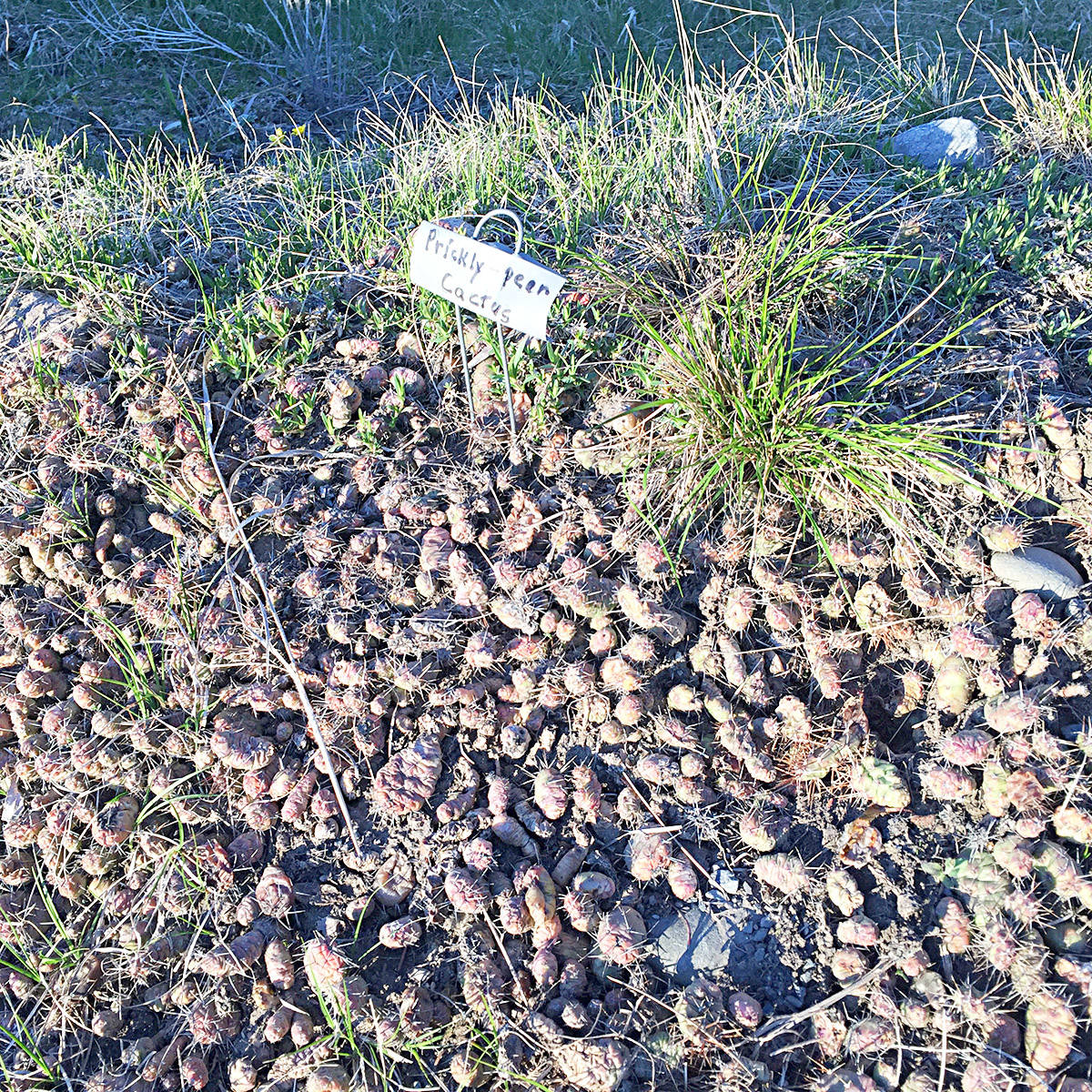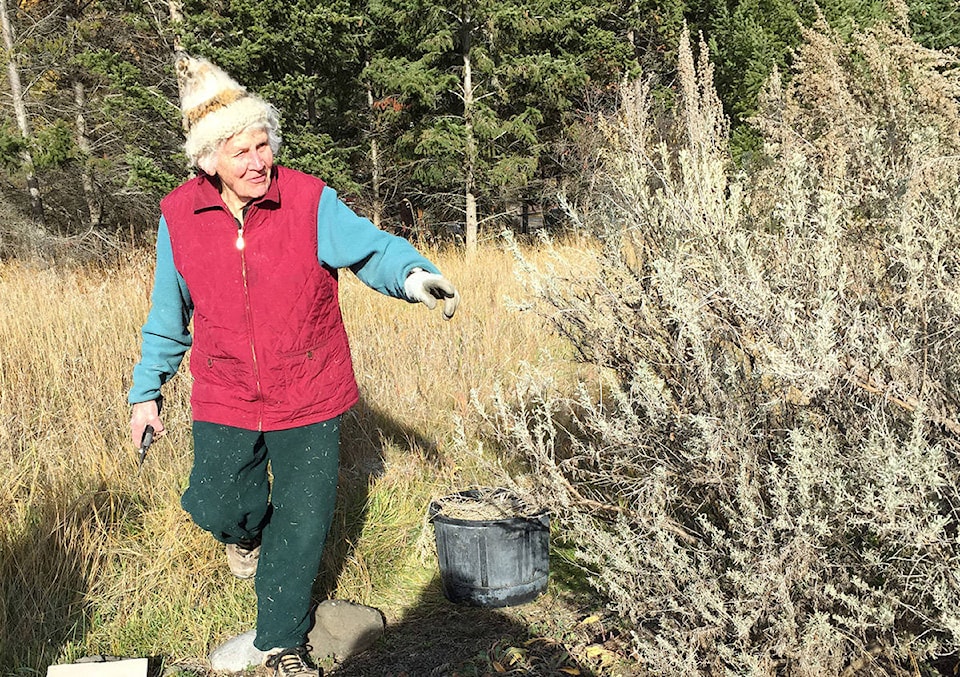Anna Roberts, who specializes in creating pottery using local clay, hosts her annual studio show and sale this week.
Her one-of-a-kind pots will be displayed outside her studio located at 2202 Grebe Drive at the end of South Lakeside during daylight hours Friday, Sept. 29 and Saturday, Sept. 30.
“I leave the outside of my pots unglazed so that people can see the colour and beauty in the natural clay,” Roberts says. “And I keep my prices low so that people can come and have some pots made with local clay.”
When she first joined the Cariboo Potters Guild Roberts used a potter’s wheel but soon switched to hand-building.
“When I first started nobody told me that you didn’t have to make pottery on a wheel,” Roberts says. “I like that by hand building no two of my pots look the same.”
Over the years she has experimented with various forms of pottery including raku and sawdust firing.
These days she focuses on two types of pots, decorative burnished ware that is fired at a low temperature and doesn’t hold water and pots that are glazed inside and fired at a higher temperature that do hold water.
“I tried digging clay from many locations around the Cariboo and found one deposit that suited me by the Quesnel River near Quesnel (for watertight ware),” Roberts says. “The clay for my burnished ware comes from a different spot out by Horsefly.”
Most of her pots are made by rolling out slabs of clay then decorating the slabs with imprints from nature such as bark or an interesting piece of wood.
The burnishing technique involves rubbing the pot with a polished stone before it is completely dry, called the leather hard stage, until a natural sheen is developed which enhances the look of the natural clay.
Burnished ware can only be used for dry plant arrangements and can only be cleaned using a damp cloth. The sheen will be lost if the piece is washed in the traditional sense.
She creates her own glaze recipes and uses an electric kiln to fire her work. She will also use an open flame to darken the edges of some of her burnished pieces.
Her unique pieces include platters, planters and vases. Pots glazed inside will hold water and fresh flower arrangements. The burnished pots will hold dried flower and plant arrangements.
Pottery making using local clay is a natural extension of Robert’s love for nature and career as a plant pathologist, and long-time member of the Williams Lake Field Naturalists Society that manages the Scout Island Nature Centre.
She earned her degree in plant pathology at McGill University in Ottawa and worked for the Forest Service in Williams Lake for a number of years collecting native plants in the region and creating a herbarium record of where the various species of plants can be found.
In the early 1970s Roberts also established and continues to tend the learning garden at Scout Island that showcases some of the plants that are native to the Cariboo Chilcotin such as prickly pear cactus and large bush sage that grow in the drier areas of the region.
Roberts is currently enjoying having her granddaughter Hillary Langston and grandson Elliott Langston stay with her. This summer they weathered the wildfire evacuation of Williams Lake by staying with family in Vancouver, then made a trip to Bella Coola with Hillary and Elliott to get away from the smoke after the evacuation order was lifted.
“It was nice to have the opportunity show them some of the country,” Roberts says.
As a potter Roberts has a very good mask to protect her lungs from the fumes created in the firing process.

